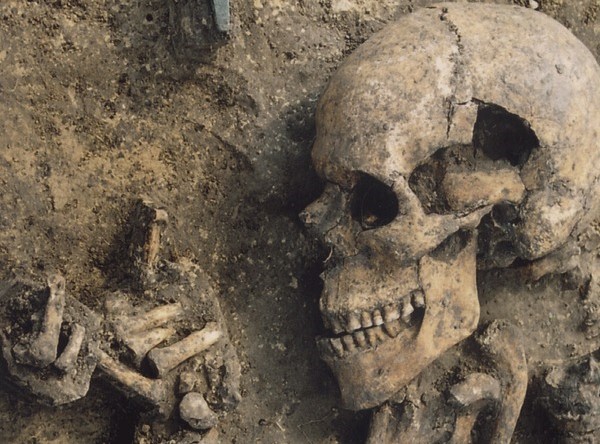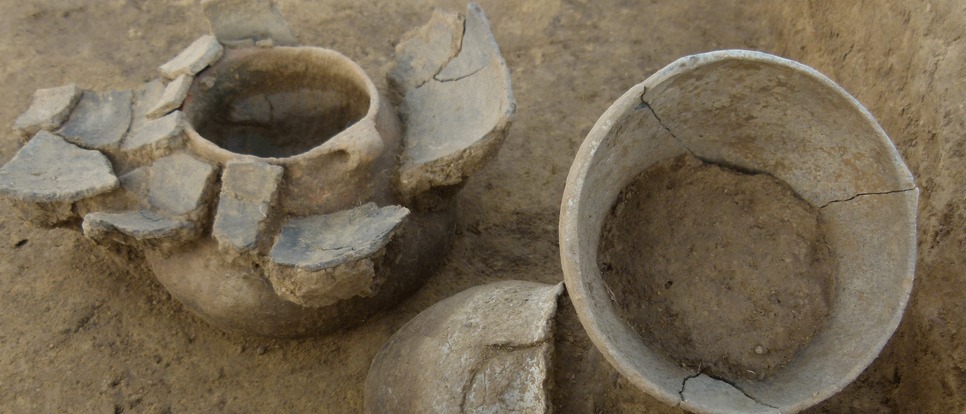
In a recent study about DNA, new information has been uncovered regarding how different groups mixed together during the European Stone Age. This study gives us more insight into times when groups came together and when they stayed apart.
Scientists from Uppsala University, along with a team of researchers from around the world, carried out a study. They looked at the genetic material of 56 people who lived in Central and Eastern Europe during the Stone Age. The results of their work have been published in a journal called Communications Biology.
“Conducting studies like this one requires a broad interdisciplinary discussion. In this study, this discussion has been exceptionally fruitful,” states Tiina Mattila, a population geneticist from Uppsala University and the main author of the study.
DNA studies showing the history of European Stone Age
Over the past 15 years, previous DNA studies have slowly helped us learn about the history of the European Stone Age. Before farming spread across Europe, different groups of people who hunted and gathered lived in different parts of Eurasia. They interacted and connected with each other.
This study highlights how the mixing of these genetic groups of hunter-gatherers is closely linked to the geography of the area.
“These differences in the intermingling of genetic lines and cultures can tell us about the power relations between different groups,” explains Tiina Mattila. The study also examined closely related individuals.
Burial choices and options in Stone Age
Helena Malmström, an archaeogeneticist from Uppsala University explains that usually, people think that communal graves are used for families. However, this study revealed that this wasn’t always true. This suggests that, even in the Stone Age, there were other reasons for how people were buried.
In simple terms, when we find many people buried together, we often think they are from the same family. But this study found that sometimes they weren’t. This tells us that there were other things influencing how people were buried during the Stone Age, apart from just being family.

In recent times, we’ve gained a better understanding of the genetic past of Stone Age people in Europe. This new research adds more pieces to this evolving puzzle.
Mattias Jakobsson, a genetics professor from Uppsala University, explains that their research indicates that certain parts of Europe, like the region around the Dnipro River delta, had separate communities of hunter-gatherers living there for thousands of years. This was despite the fact that many other places in Europe shifted their way of life when new groups arrived who started farming the land for food.
See all the latest news from Greece and the world at Greekreporter.com. Contact our newsroom to report an update or send your story, photos and videos. Follow GR on Google News and subscribe here to our daily email!



